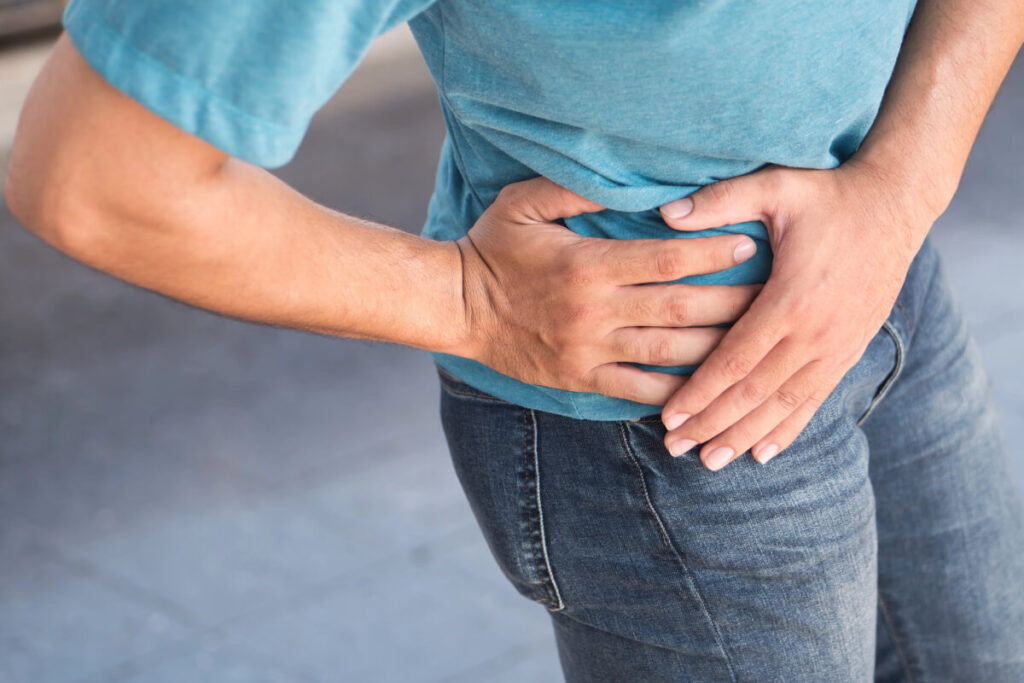What Are the Symptoms of Adhesions After Hip Arthroscopy?

Hip arthroscopy is a minimally invasive procedure used to treat labral tears, femoroacetabular impingement (FAI), and cartilage damage. While recovery is usually smooth, some patients develop adhesions, which are bands of scar tissue that form inside the joint.
Adhesions can restrict movement, cause pain, and interfere with recovery. Recognising the symptoms early is important for effective treatment.
Common Symptoms of Adhesions After Hip Arthroscopy
1. Hip Stiffness
- One of the most noticeable symptoms
- Patients may feel “tightness” or restricted movement
- Difficulty bending, rotating, or extending the hip fully
2. Persistent or Recurrent Pain
- Pain may return after an initial improvement
- Can feel sharp during movement or dull and aching at rest
- Often worsens with activity
3. Clicking or Catching Sensation
- Scar tissue can cause mechanical symptoms in the joint
- Patients may feel the hip “catch” during certain motions
4. Limited Range of Motion
- Reduced ability to perform normal movements
- Difficulty with activities like squatting, running, or even sitting comfortably
5. Slower Rehabilitation Progress
- Despite physiotherapy, patients may struggle to regain expected strength or flexibility
- Progress may plateau earlier than normal recovery timelines
Why Do Adhesions Form After Hip Arthroscopy?
Adhesions are the body’s natural response to healing but can become problematic if excessive. Causes include:
- Overproduction of scar tissue during healing
- Inadequate early movement or physiotherapy
- Complicated or multiple surgical procedures
- Delayed recovery due to pain or limited exercise
How Are Adhesions Diagnosed?
Surgeons may suspect adhesions if patients experience ongoing stiffness or pain beyond the normal recovery period. Diagnosis may involve:
- Physical examination (checking range of motion)
- Imaging scans such as MRI, although adhesions can be difficult to see
- Diagnostic arthroscopy in persistent cases
Treatment for Adhesions After Hip Arthroscopy
Physiotherapy
- The first line of treatment
- Focuses on stretching, mobility, and strengthening exercises to break down scar tissue
Injections
- Corticosteroid injections may reduce inflammation and pain
- Can allow patients to progress more effectively in physiotherapy
Revision Hip Arthroscopy
- In severe cases, a second procedure may be needed to remove adhesions and restore mobility
Conclusion
The most common symptoms of adhesions after hip arthroscopy include hip stiffness, persistent pain, reduced range of motion, and mechanical sensations such as clicking or catching. While adhesions are relatively uncommon, they can significantly affect recovery if untreated.
Early recognition and intervention—especially through physiotherapy—can improve outcomes and help patients regain normal hip function.
